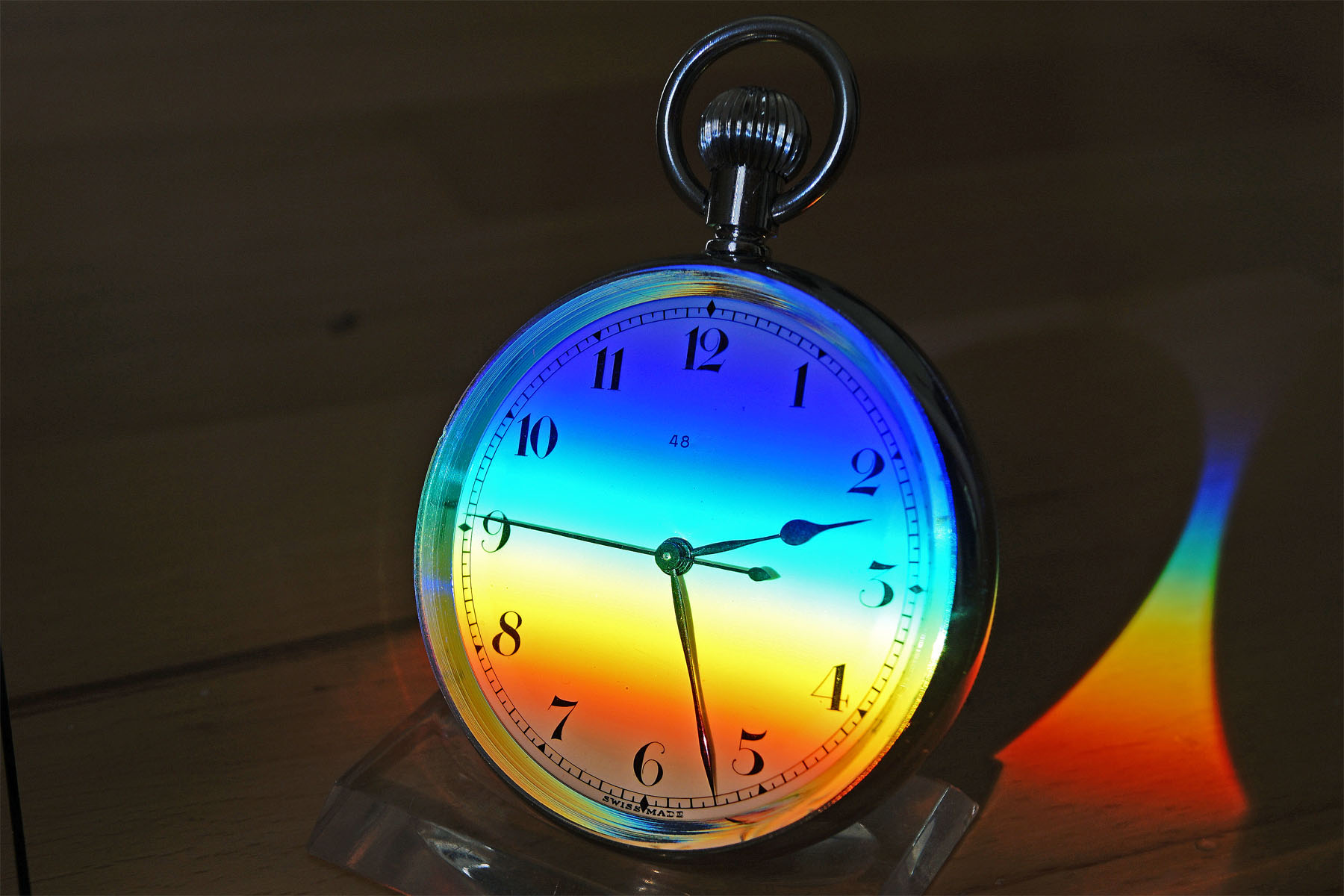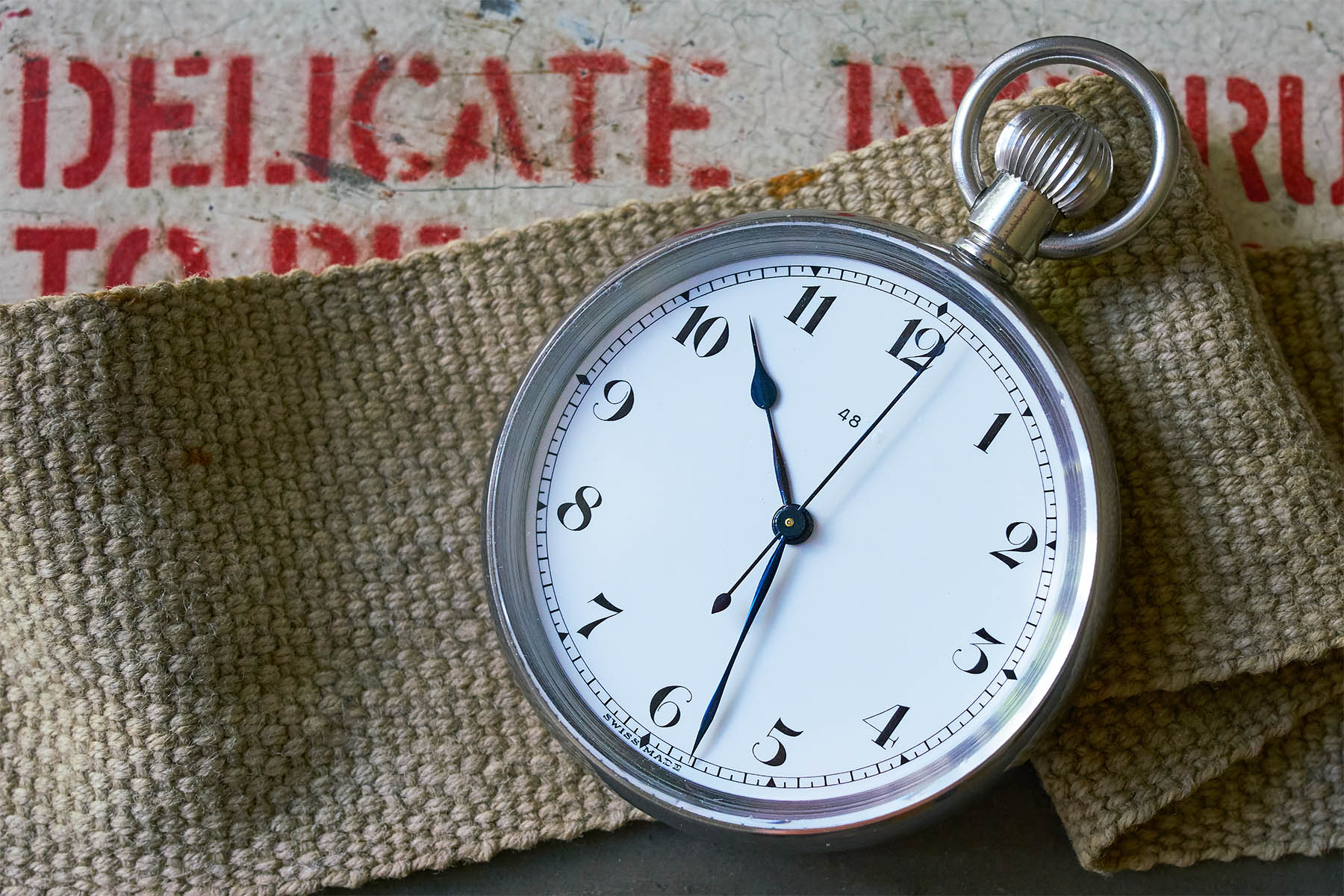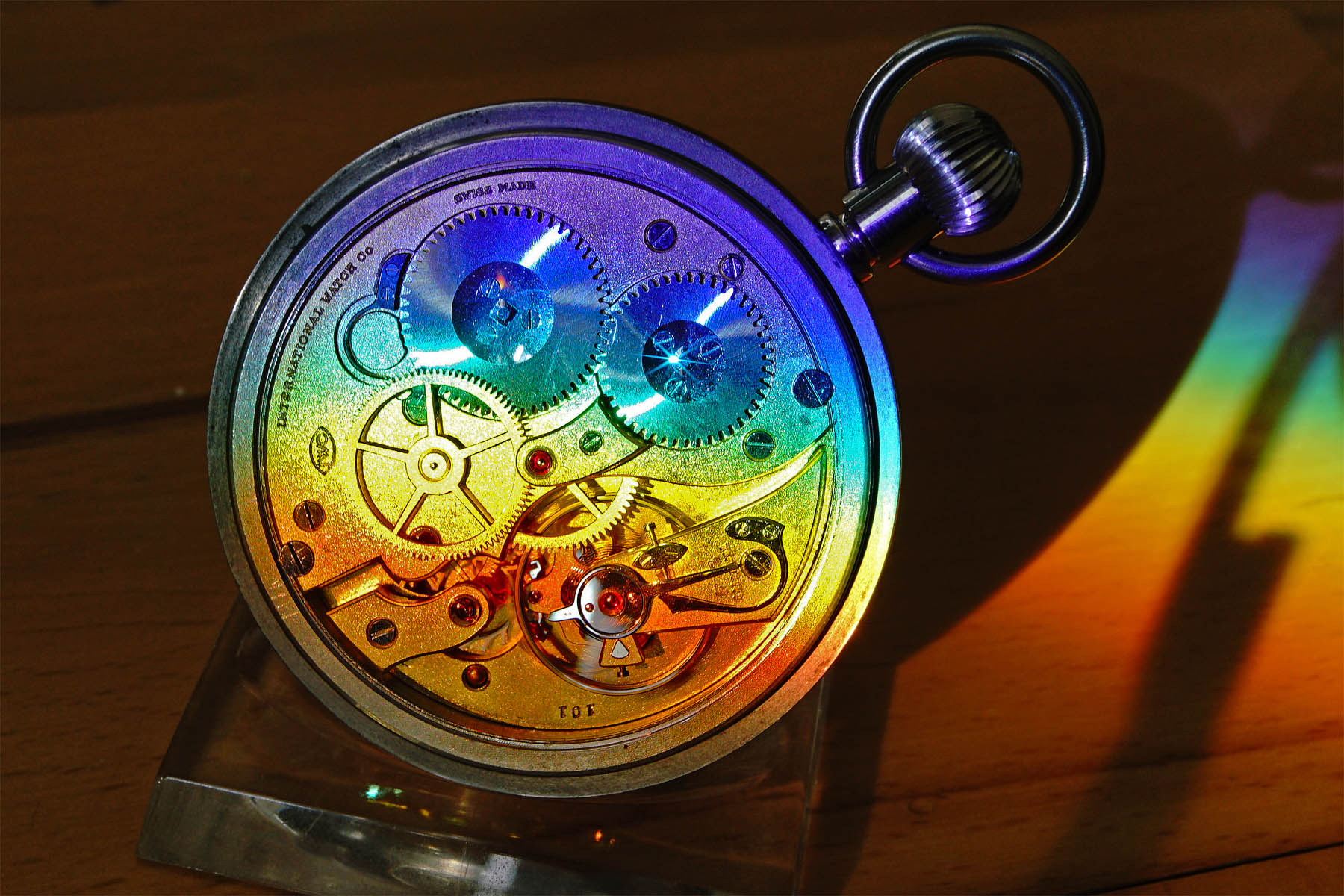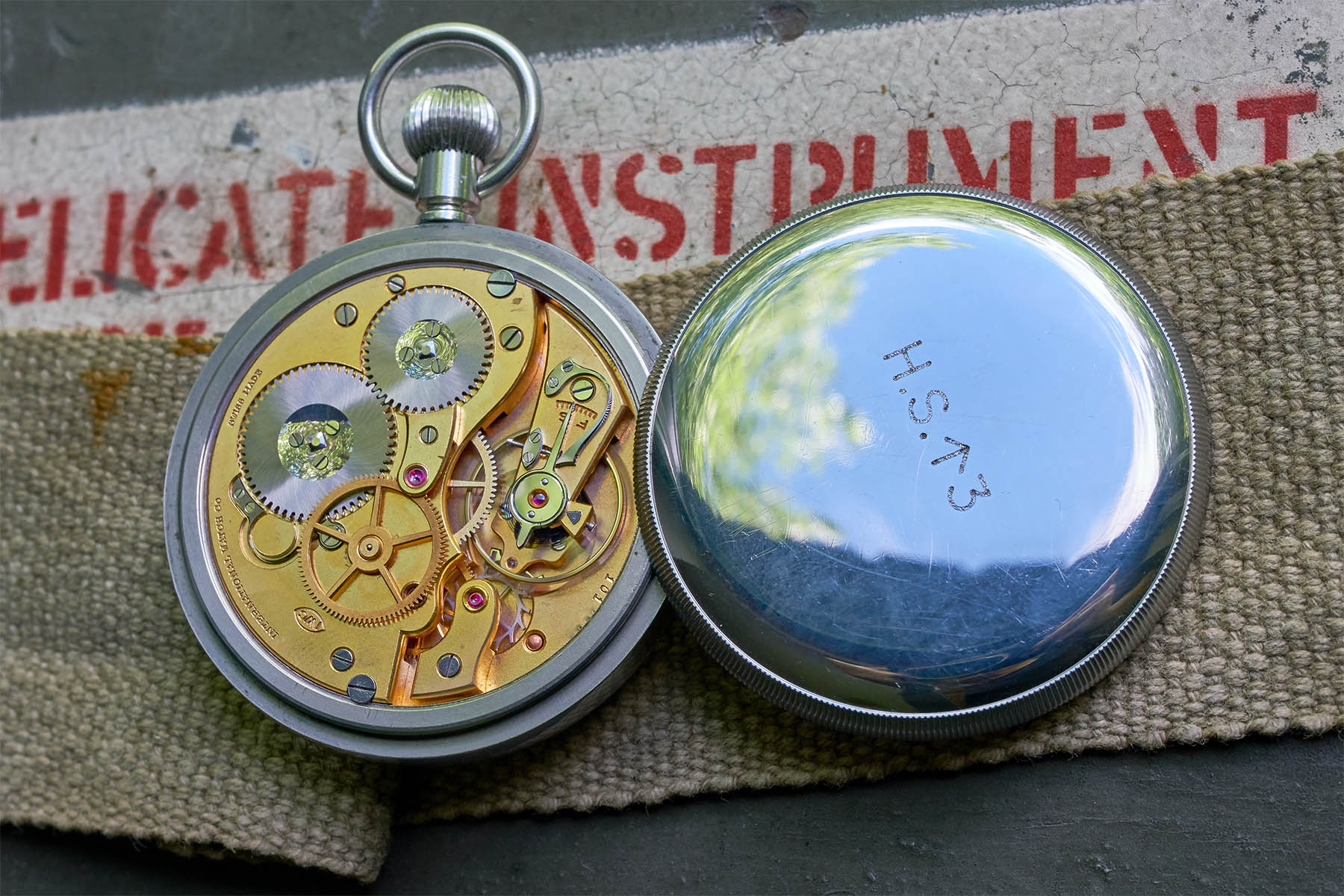As some of you know, I am collecting pocketwatches, IWC only.
Far from saying that my collection is a museum collection but I am proud to
have found some nice and rare pieces over time.
Some of the pocketwatches are common, easy to find on the market, sometimes in
better condition than mine, but some I have are gems.
So in these crazy times, as the museum in Schaffhausen is closed, why not open
one here on the forum.
As long as the museum is closed, I will post here daily a pocketwatch from my
collection.
I hope I don't run out of pieces before the virus is beaten. Fingers crossed
for all of us.
I will post them in a random order, with some comments, feel free to join.
Keep safe all.
DAY 77, cal 52, 1898
Today back to a classic one in the collection, a cal 52.
This one is from 1898, so an early one, with a serial number below 200.000.
The cal 52 can be found with numbers from 32401 to 1.015.000.
Around 280.000 were made.
The price for a silver cal 52 Lepine in 1898 was 33 Frs. If you wanted a gold
crown, it was an extra of 1.50 Frs.
But if you wanted a Reglage Special, with a bulletin d'observation ( with a 15
days period of observation ) it had an extra cost of 20 Frs.

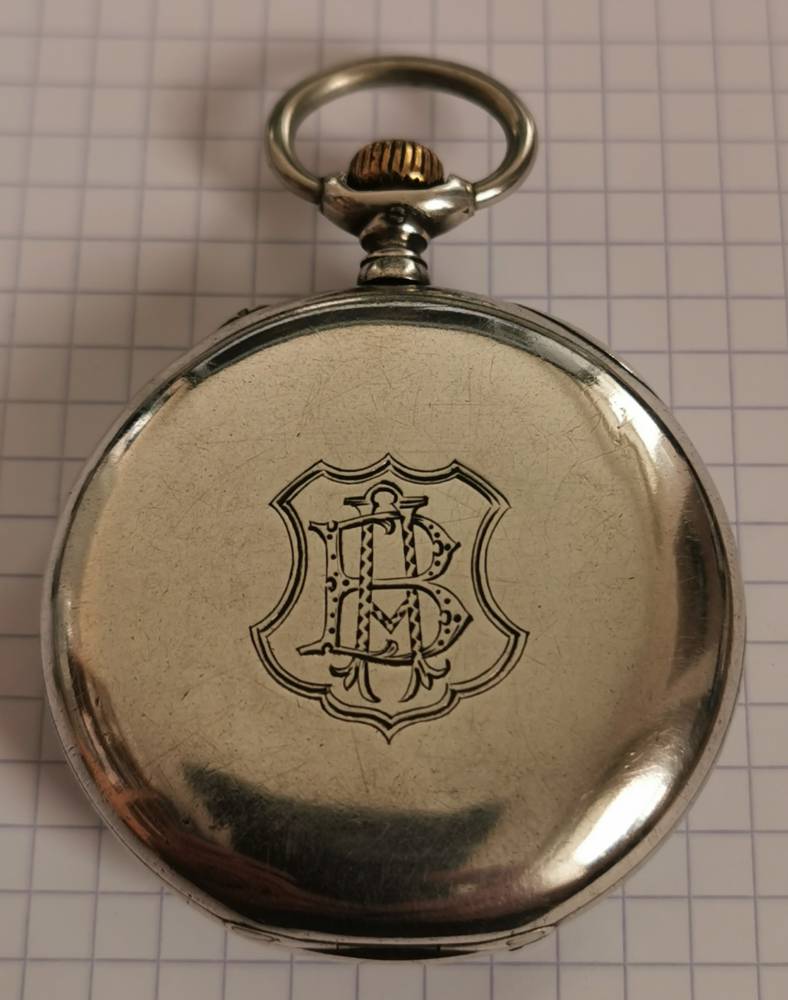

a very worn gold crown










